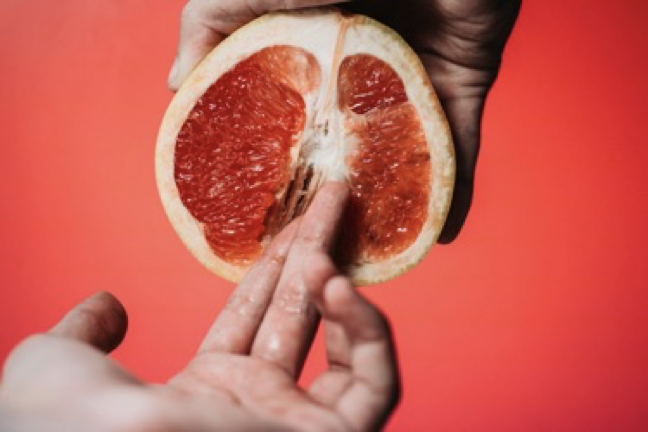Reprinted from Gender & Society February 1, 2022

Why is there a gender gap in orgasms in heterosexual sex? Research has long shown a gender gap in orgasms between men and women in heterosexual sexual encounters. They have also shown that sexual practices that focus on clitoral stimulation reduces the gap. Since we know this, why are couples not engaging in the types of sexual activities that might reduce the orgasm gap?
In my recent research with Tina Fetner and Melanie Health in Gender & Society, we examine data from the nationally representative Sex in Canada survey and find that 86% of men had an orgasm in their most recent heterosexual sexual encounter compared to 62% of women. We found that women whose most recent encounter included receiving clitoral stimulation via oral sex are more likely to have had an orgasm than those who did not. Other recent studies have documented similar gender discrepancies in orgasm rates, but since many focus on a particular group, such as undergraduate students, it has been unclear until now whether this was a problem across heterosexual couples more generally. Our study shows that it is.
To better understand why the gender gap in orgasms persists despite all we know about what increases women’s likelihood to orgasm during heterosexual partnered sex, we conducted in-depth interviews with women and men across Canada. Our interview participants drew on traditional beliefs about gender to justify men’s orgasms as natural and expected and women’s orgasms as time-consuming work.
Three different perspectives stood out. Our participants voiced essentialist views of gender and sexuality that naturalized differences between men and women to explain why men prioritize physical pleasure, while women are expected to prioritize emotional intimacy during sex. Another theme was that many of the people we interviewed defined what counts as “regular” sex as equating to penile-vaginal intercourse. Through this narrow, phallocentric understanding of sex, stimulation of the penis (and consequently men’s pleasure) inherently becomes a part of “regular sex.” Alternatively, sexual behaviors focused on clitoral stimulation, like oral sex, were considered to be “special,” “separate” from the main event, and “extra work.” Finally, some of those we talked to relied on the sexual double standard to justify why women self-regulate their sexual expression. In these instances, women’s sexual desire and sexual practices focused on women’s pleasure were understood as dirty or wrong, and their bodies were considered simply too difficult to please. These narratives were produced by both men and women, revealing how heterosexual couples reinforce traditional, essentialist gender norms during sex.
Our participants’ explanations for the orgasm gap made men’s orgasms appear natural and expected and women’s orgasms as extra, more work, and more difficult. Their understandings contribute to the normalization that penile-vaginal intercourse is what constitutes “regular sex” and this itself privileges men’s pleasure and orgasms. Although women’s lack of orgasms compared to men may feel like an individual, intimate problem, we demonstrate that the gender gap in orgasms takes work. It is enabled by the gender essentialist beliefs embedded in the institution of heterosexuality. These findings help us move beyond essentialist “men are from Mars, women are from Venus” justifications that women simply do not care about orgasm to how gender beliefs deprive women of an equal opportunity to orgasm in heterosexual sex.
Nicole Andrejek (@NicoleAndrejek) is a qualitative researcher on the Sex in Canada project at McMaster University and at the Lunenfeld-Tanenbaum Research Institute at Mount Sinai Hospital. Her research interests include analyses of Canadians’ sexual practices, sexual health, and sexual pleasure. Her forthcoming book, Dating in the Digital Age (Routledge), examines undergraduate women’s experiences navigating sex, friendships, dating, and consent in university hookup culture.

Comments